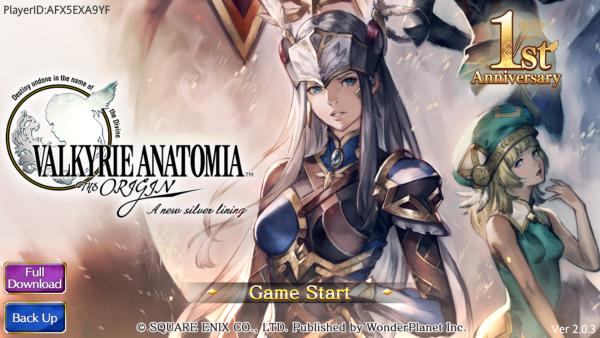
But how did Anatomia rank beside other Valkyrie Profiles? It makes no secret that it’s a prequel, with a confused and reserved (and unsatisfactorily armored) Lenneth Valkyrie called into the service of an Odin decidedly young and still sporting both of his eyes. Flanked by shapeshifting raven-kids Huginn and Muginn, Lenneth stalks the mortal realm in search of brave and gifted warriors to join Odin’s Einherjar ranks upon death. At least that final bit is easy to understand; it’s what valkyries do, you know.
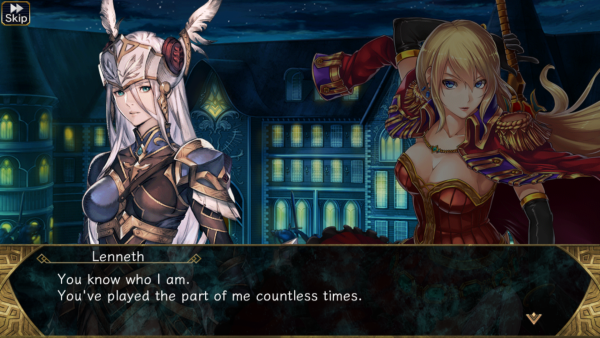
The central storyline rings the familiar chime of a war between gods and humans, though the RPG clichés are inverted: here the gods are sympathetic and distant while the humans who challenge them are corrupt and petty. It all leads to a climax with a few novel twists among the predictable ones, but the first chapter trails off to make room for a second arc—one that the writers scrambled to finish in the game's final month. The dialogue also does the story few favors; it’s adequate most of the time, but the typos and bland turns of phrase hardly suit a game about Norse mythology and celestial apocalypse.
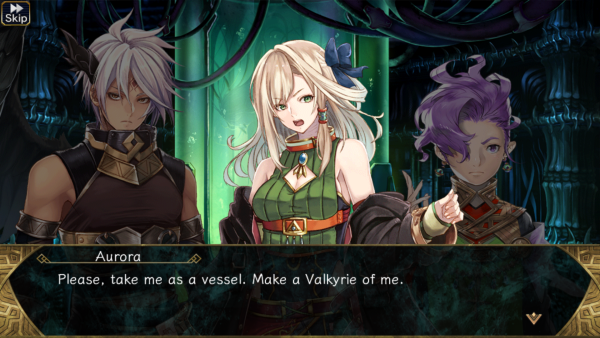
It's fortunate that Valkyrie Anatomia returns to the greatest strength of the series: the individual tales of the Einherjar. As in the original Valkyrie Profile, Lenneth watches as mortals tread toward deaths of varying noble or tragic tones, taking in their mistakes, their sins, their vanities, their joys, and, most of all, their reasons for dying. At their finest, Valkyrie Profile games chronicle gods struggling to understand humans one sad story at a time, and Anatomia is replete with those.
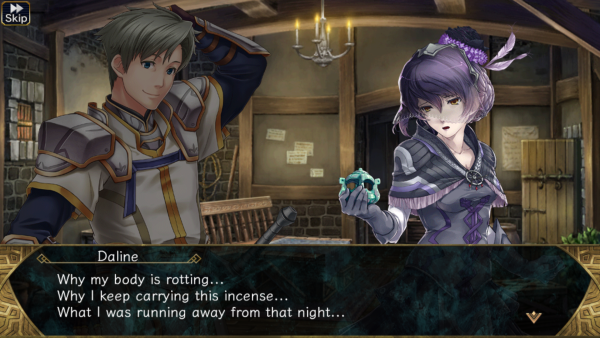
The Einherjar remain Anatomia’s lifeblood in both the narrative and battle. The game uses the familiar Valkyrie Profile system where four party members each launch attacks at the tap of a particular button, setting up combos and overkill moves if your timing is right. And it’s the cycle of new meat that keeps it from getting old. There’s always an archer or swordswoman or sorcerer dying somewhere and joining up with Lenneth. In fact, Valkyrie Anatomia might have the largest cast of Einherjar in the series.
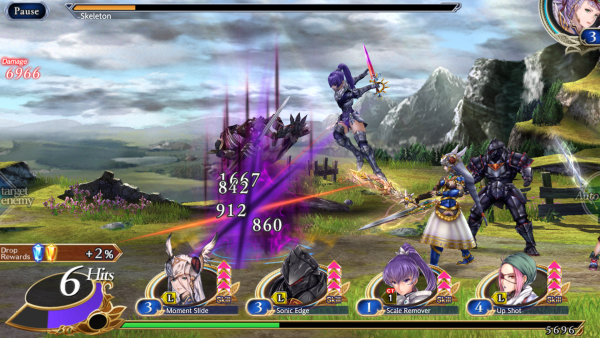
So much about Valkyrie Anatomia feels like a perfectly good Vita or 3DS game crammed into a mobile nook. Everything looks nice in battles, right down to the varied mannerisms of the characters, and the soundtrack has the same thunderous choirs and elegiac bombast as prior Valkyrie Profiles. If only the actual stages were replaced by something more substantial, Square Enix might have ported it to home consoles.
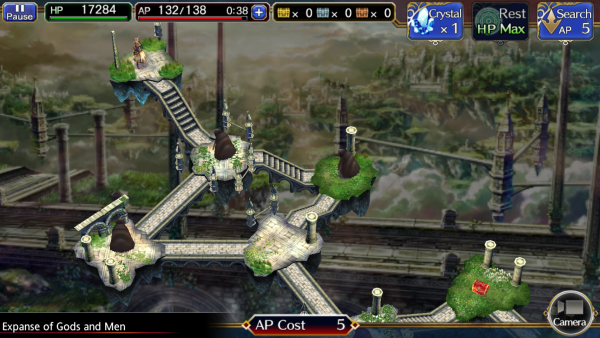
At least such extras weren’t necessary to enjoy the game. Players could see the bonus storylines for free, digesting such marvelous tales as Silmeria making drug-laced cakes or Ailyth pining for Wylfred even more extravagantly than she did in the Covenant of the Plume bonus crypt. But if you wanted to actually acquire the all-new valkyrie Hakurei or the wedding versions of Lucian and Lenneth or the pandering bikini outfits for anyone, you were at the mercy of the gacha grabber. Of course.
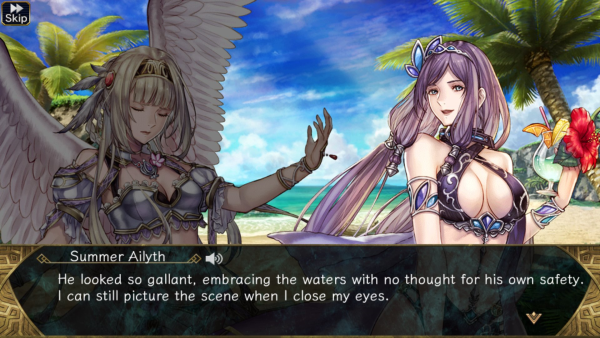
Fitting, isn’t it? Valkyrie Profile is all about mortality. The games find humans snared by their tragedies, while gods like Lenneth merely watch in confused solemnity at these poor creatures making the most of whatever scraps of time remain to them. Each little story always comes back to death and how mortals face it, knowing that very soon they’ll be gone.
If any game should have a compelling, brief, and unjustly curtailed existence, it should be a Valkyrie Profile. Enjoy it all right now, because fate and profits and disinterested publishers will sweep it away just as easily as life's manifold cruelties will sweep away each and every one of us.
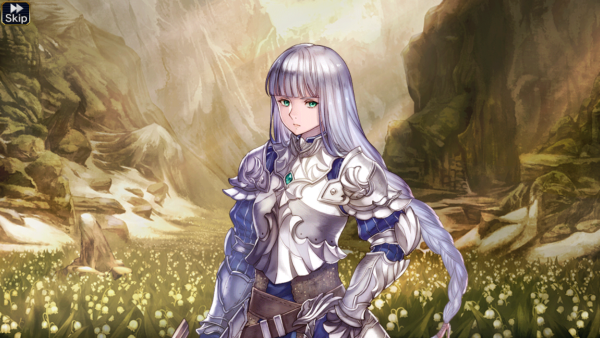
It’s also appropriate that I posted this just days before Valkyrie Anatomia shuts down. No, it isn’t lazy on my part. It’s meaningful.

No comments:
Post a Comment